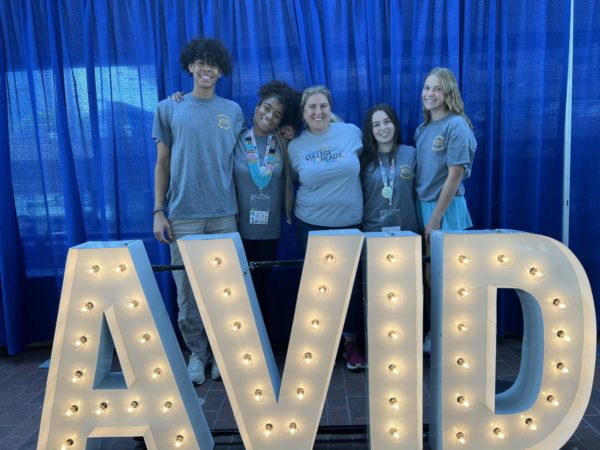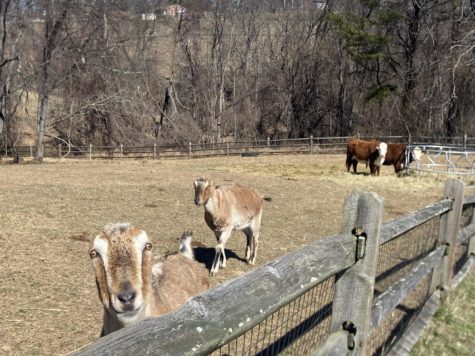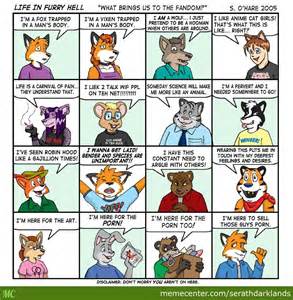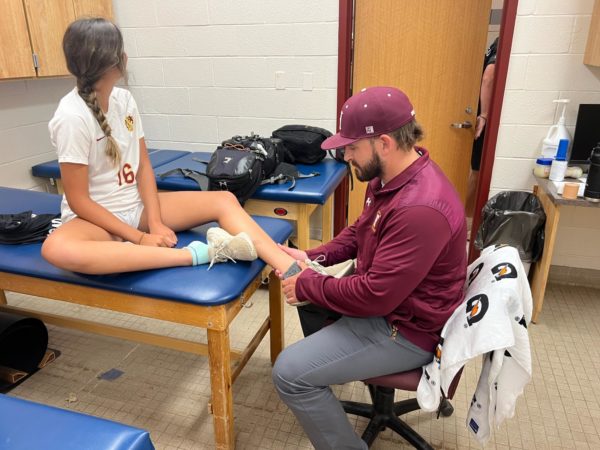Heads, Shoulders, Knees, and Tails
December 23, 2015
Grace Hunt
Cat ears and furry tails are no longer reserved for Halloween. For some students, animal tails and ears have become staple accessories in their everyday outfits.
These students are referred to as “furries”, people with an important emotional or spiritual connection with animals; real, fictional or symbolic. They are considered members of the ‘furry fandom’, a subculture interested in fictional anthropomorphic animal characters with human personalities and characteristics.
The furry fandom began in the 1980’s, and derived from science and fantasy fiction conventions. The rise of Disney helped the furry fandom take flight with its use of animals as the main characters performing human tasks, like Mickey Mouse. The fandom consists mainly of adults and is predominately male.
Malorie Longest (’17) has been involved in the furry fandom for a few years now and is often seen wearing her tail to school.
“A lot of [furries] enjoy wearing costumes of animals or they want to be an animal, or they think the walking talking animal thing is cool,” Longest said.
The furry fandom is known for its conventions where furries can dress up in costume, sell artwork, and mingle with other furries. Many that attend these conventions have mascot-like animal costumes.
“I’ve never been to one of the conventions because they are not cheap to go to. Also, most people at the conventions wear a costume, and the costumes are a lot of work and are very, very elaborate,” Longest said.
Unlike those who wear flashy full body costumes, the furries at Hereford are usually dressed in a simple tail and sometimes ears.
“I have two [tails]; one of them I don’t wear very much because it’s kind of cheaply made and I won it at a carnival,” Longest said, caressing her tail. “You can buy them at the Ren[aissance] Faire and buy real tails, and then there are hand-made tails you can buy online or at conventions and stuff.”
But not all furries wear tails. Sam Pope (’17), who identifies as a furry, chooses not to wear a tail to school but still has interest in the fandom.
“I’ve bought one but I only wore it once for wacky-tacky day,” he said.
Longest claims that there is a lot of criticism that comes with her choice to wear a tail.
“The most common insult is a ‘fur-fag’, and it’s horrible,” Longest said.
Some students around campus have the common misconception that furries have a sexual attraction to animals, but this is not always the case.
“I definitely thought it was a group of people who wanted to be intimate with their animals, which is pretty disturbing,” Cameron Bibaud (’16) said.
Bibaud isn’t the only one with this thought. Upon researching this topic, some websites were blocked by BCPS because they were categorized as porn.
“Some people do [feel sexually attracted to animals], I’m not going to deny that. Everyone thinks [furries are] sitting there looking at [their] pet cat and wanting to have sex with it,” Longest said. “I love my cat, but I don’t want to have sex with it.”
These misconceptions have followed Longest home, and she admits that explaining it to her family was not easy.
“I had to go into a lot of depth explaining it to my mom. Eventually she was like ‘okay, I’ll believe you that it isn’t some kind of weird fetish that you have’,” she said. “My mom and dad are like ‘oh you’ll get over it, it’s just a phase,’ but I don’t know, I might get over it, I might not.”
Sam Tillman, art teacher, believes that the furry fandom helps students learn more about themselves.
“I think in high school there’s a lot of role playing in different ways and I think this is a way to try out different personalities and sort of figure out who they are,” Tillman said. “I think it’s also a way that students try to signal to their peers that they’re non-conformists.”





























